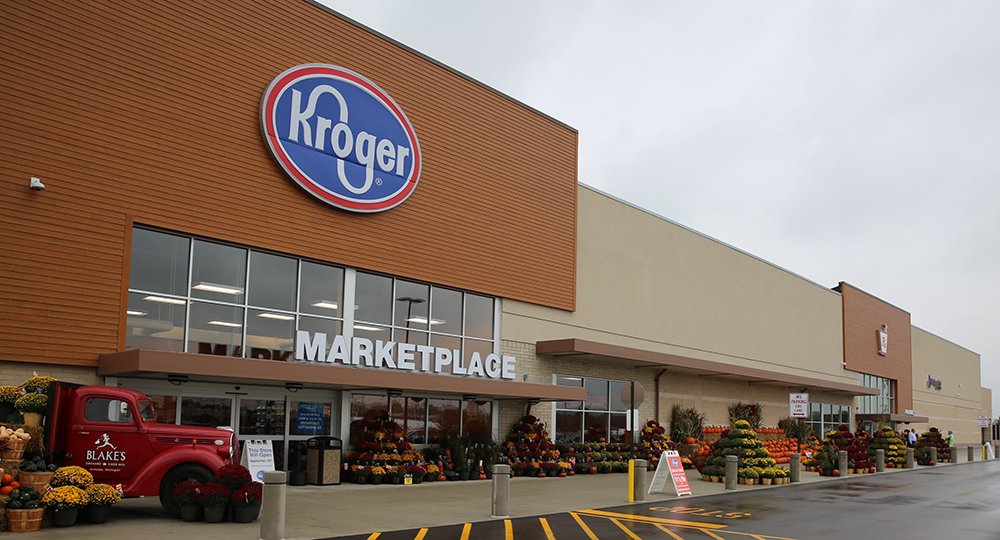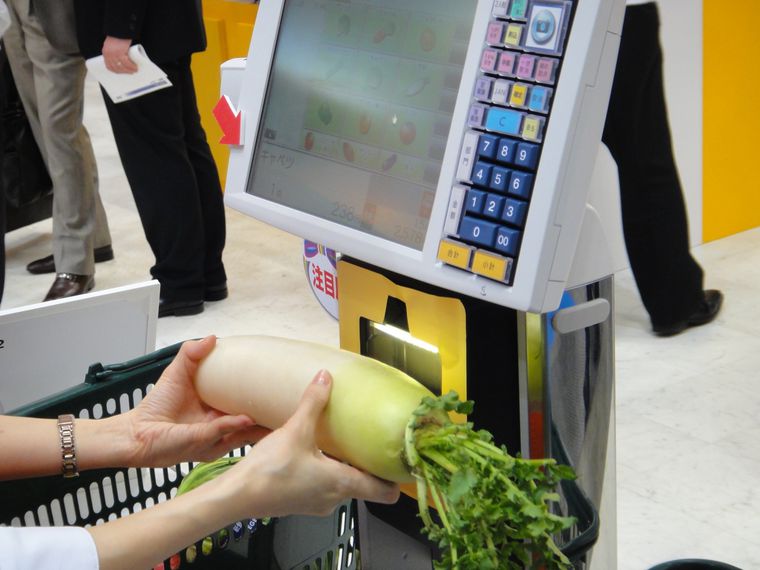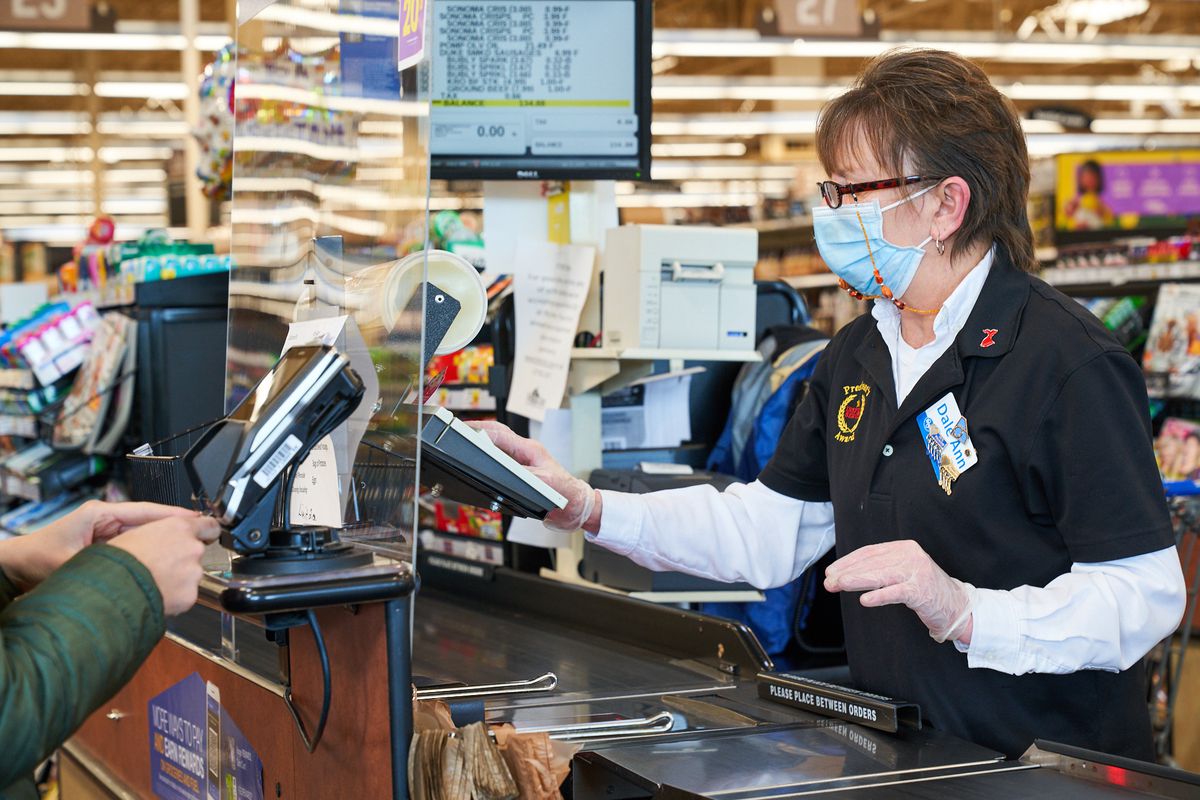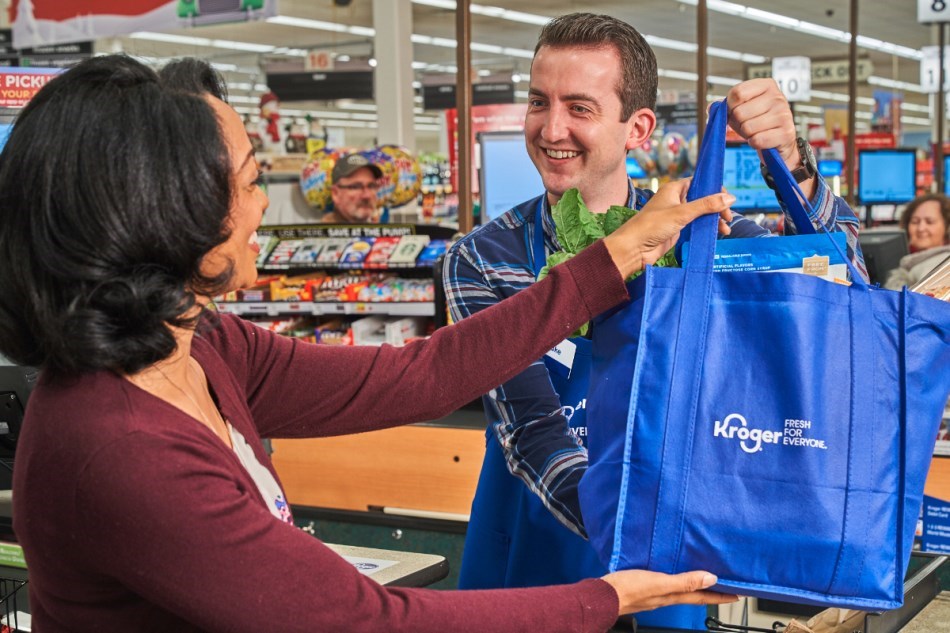In 1883, Bernard Kroger, the fifth of ten children of German immigrants, invested his life savings of $372 to open a grocery store at 66 Pearl Street in downtown Cincinnati. The son of a merchant, he ran his business with a simple motto: “Be particular. Never sell anything you would not want yourself.” He experimented with marketing products his company had produced so his customers would not need to patronize separate stores and farms.

In 1884 Kroger opened his second store. By 1902, the Kroger Grocery and Baking Company had been incorporated. By this time, the company had grown to forty stores and sold $1.75 million worth of merchandise each year. In addition, Kroger became the first grocery chain to have its own bakery.
In the 1930s, Kroger became the first grocery chain to monitor product quality and to test foods offered to customers, and also the first to have a store surrounded on all four sides by parking lots. Beginning in 1955, Kroger began acquiring supermarket chains again, expanding into new markets.

In 1966, the Kroger Company, which ran one of the largest supermarket chains in North America, created a brochure that was essentially a letter to the technology community, ending with this aspiration:
“Just dreaming a little . . . could an optical scanner read the price and total the sale… Faster service, more productive service is needed desperately. We solicit your help.”

A small research team at RCA Corporation heard the call and got involved. They uncovered previous attempts at developing a barcode – learned from the mistakes – and plowed ahead. In 1971, RCA bought the original Woodland/ Silver patent from Philco… the barcode was about to come-of-age. RCA quickly identified printing the bull’s-eye barcode as one of the biggest challenges, because any imperfections interfered with the barcode functioning. Yet despite the challenges, the bull’s-eye barcode remained largely accurate and could be scanned from any angle, helping RCA to secure an 18-month barcode testing period with Kroger grocery stores.

In 1972, the first automated checkout counters were installed at a Kroger in Cincinnati, Ohio. When the checkout counters with scanners were added to additional stores, Kroger began to see evidence of increased sales at these stores – the bull’s-eye barcode had proved its worth.
According to en.wikipedia; Birth of the Barcode (digimarc.com)








